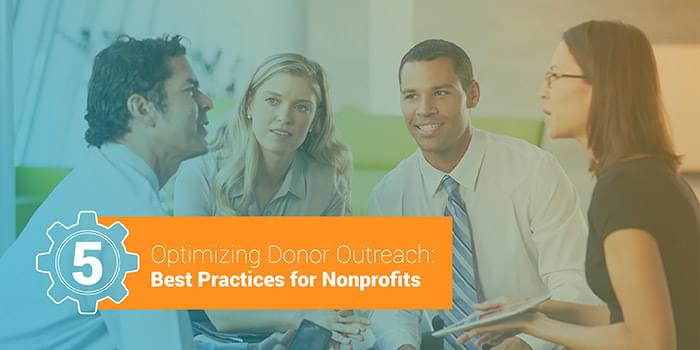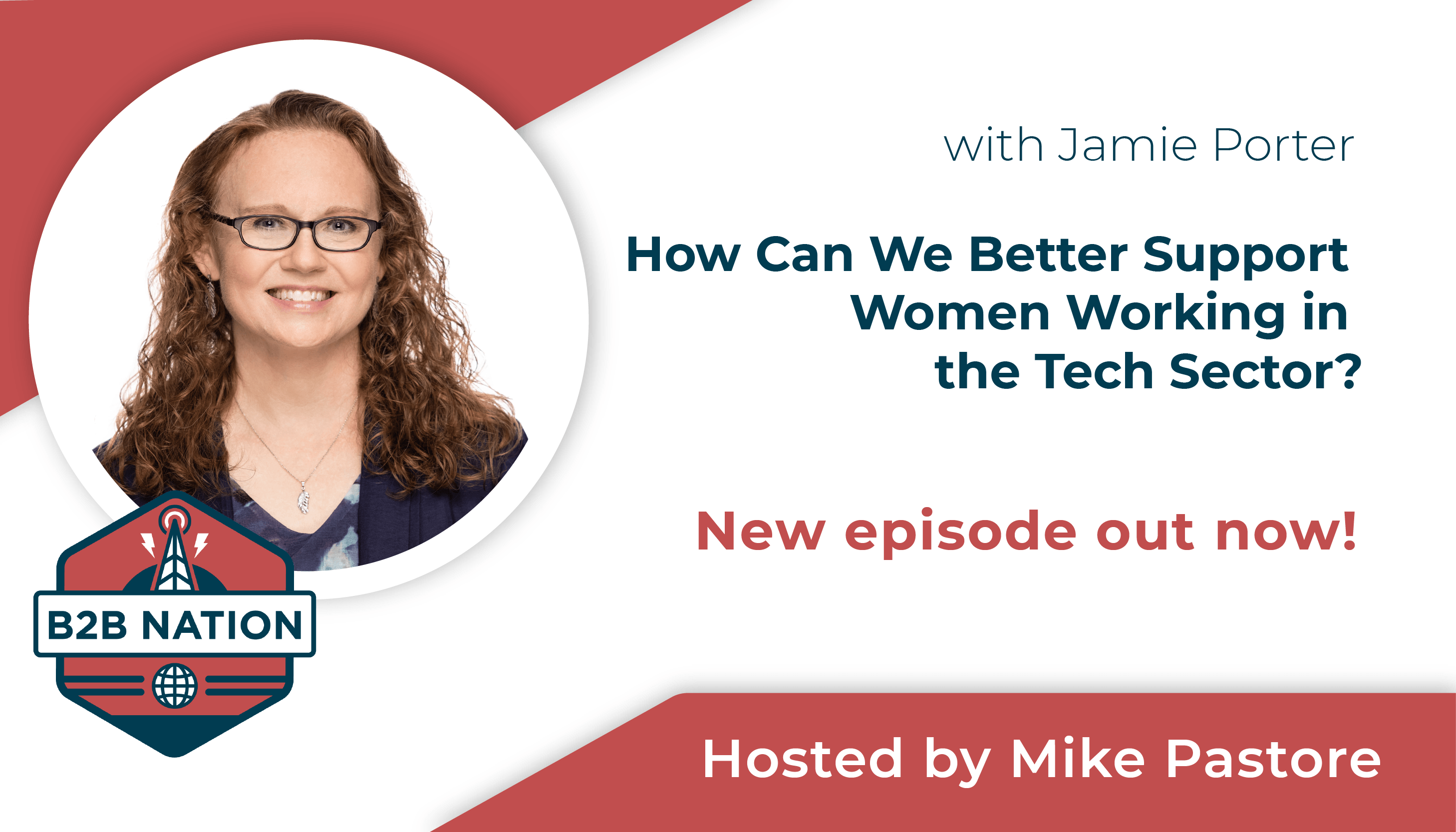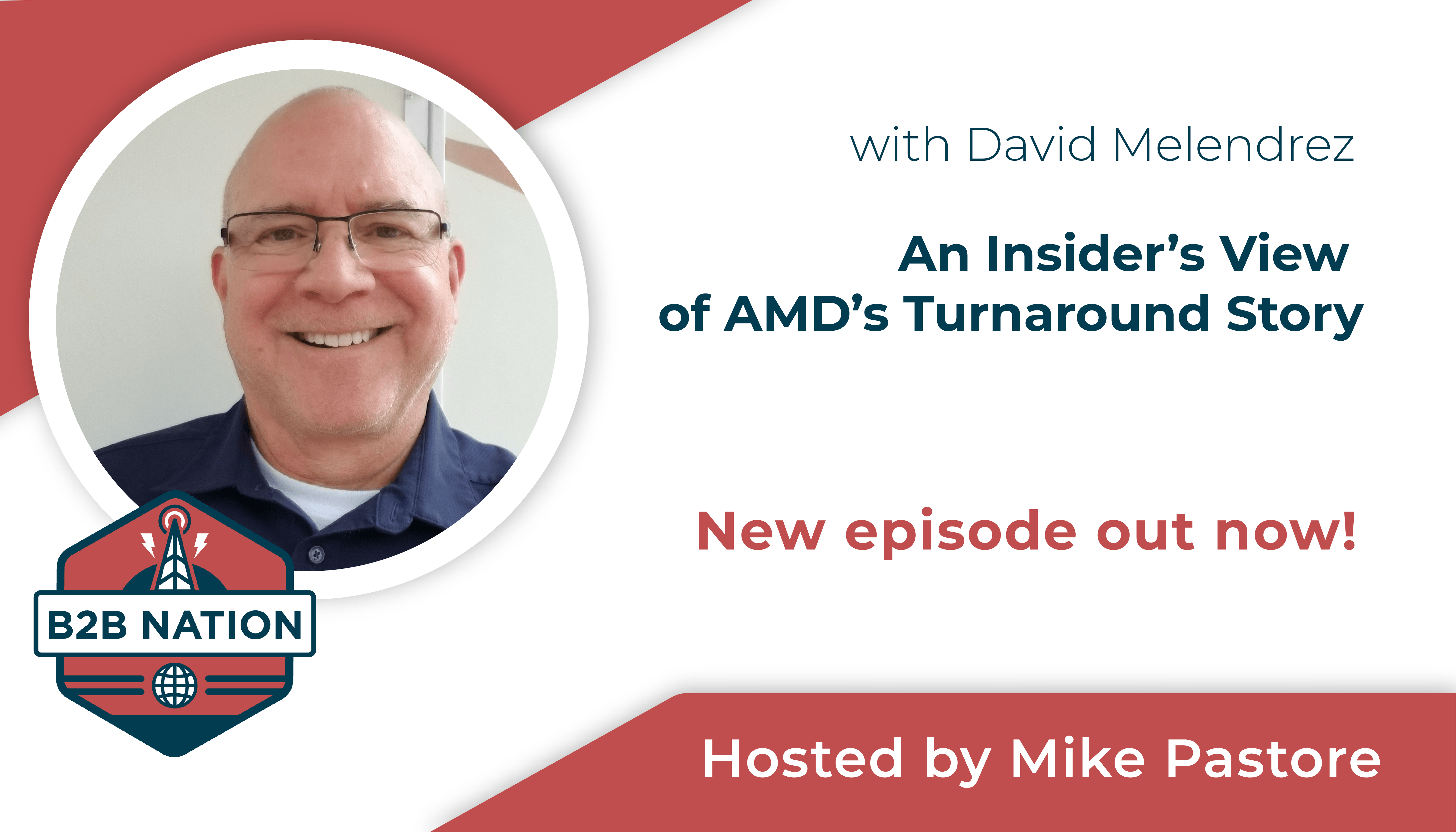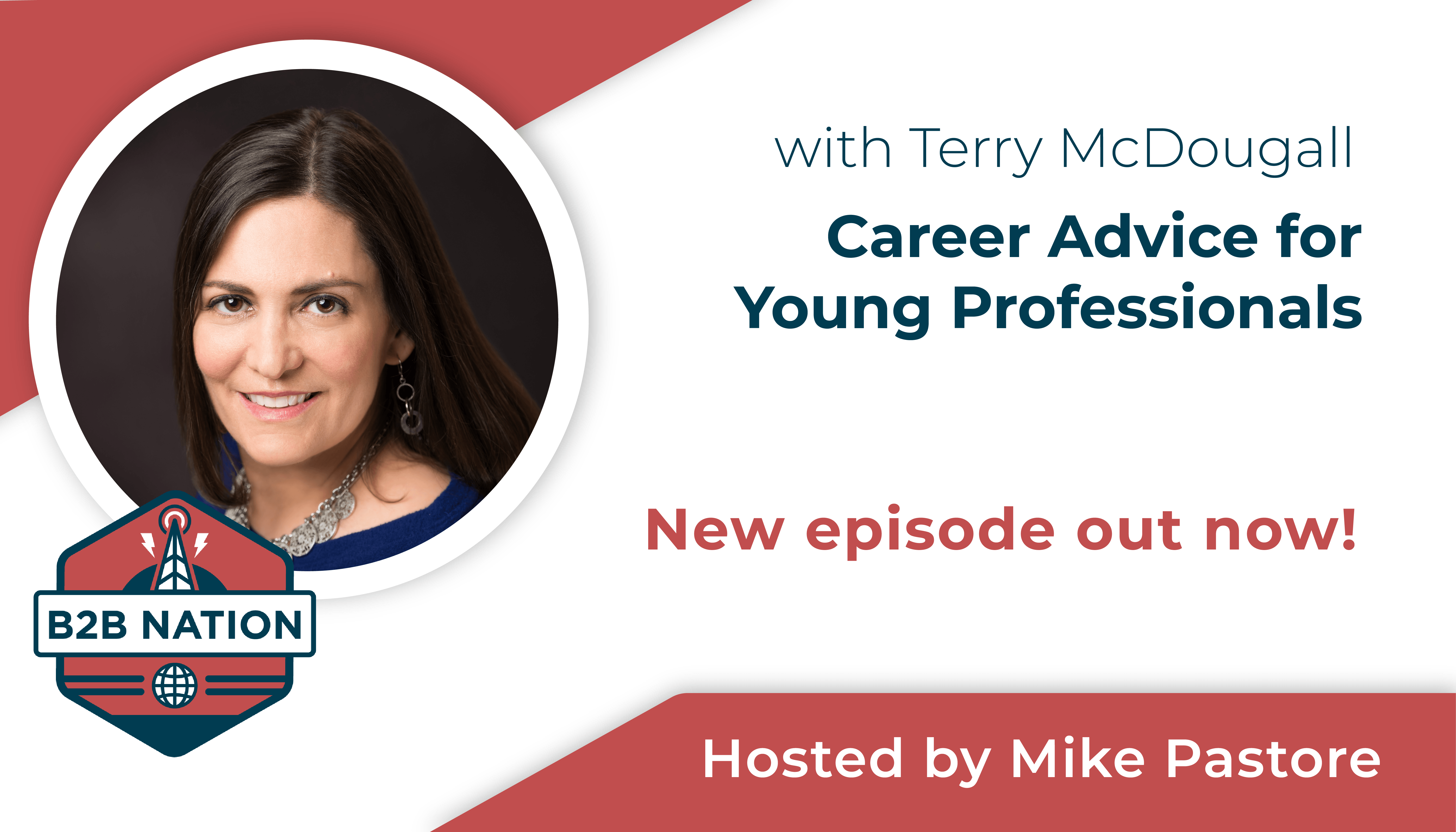Making connections with your donors is part and parcel with effectively managing your nonprofit’s fundraising strategy. Without an active donor community, your team can’t possibly expect to reach its goals and secure the gifts you need to achieve your mission.
Even so, many organizations struggle to find ways to meaningfully connect with donors in person and online, making it tough to cultivate the strong relationships necessary to turn passive supporters into reliable donors.
Luckily, there are many ways your team can get ahead when it comes to smart donor outreach.
Not only can your nonprofit leverage tech strategies to optimize your donor outreach efforts, but you can also use these opportunities to begin learning more about what makes your community unique.
Can’t wait to jump into these donor outreach best practices? Your nonprofit should:
- Invest in a robust nonprofit CRM.
- Learn what channels are effective.
- Offer varied engagement opportunities.
- Follow up with lapsed supporters.
- Remember to cultivate volunteers.
When your nonprofit has its donor outreach strategy down, you’ll be well prepared to reach your fundraising goals going forward. Let’s dive into these effective tips!

1. Invest in a robust nonprofit CRM.
The first step to improving your nonprofit’s donor outreach strategy is to gain a better understanding of who your donors actually are.
Even though your donors all share a passion for your mission, they each come from unique circumstances, hold personal goals, and have varying capacity to make donations. As such, your donor outreach strategy should be tailored based on the makeup of your individual donor segments.
The best way to build a donor outreach strategy based on donor segments? Invest in a nonprofit CRM that can meet your donor data needs now with enough tools to be able to grow alongside your organization as you continue to make new connections.
To most effectively approach donor segmentation to improve your outreach efforts, your nonprofit’s CRM should boast:
- Customizable profiles. Capture the data that’s meaningful to your nonprofit’s donor outreach strategy by building customized donor profiles. Add fields for information you need to know and create customized segments to automatically group similar constituents.
- Integrated software. Choose a CRM that integrates with effective software tools and automatically flows data into your donor profiles. For example, you can capture donor data when supporters make donations using an integrated fundraising form.
- Analytics tools. Find out which donor outreach strategies work well for different segments by learning from data analytics tools. Find a CRM with the functionality to track metrics important to your strategy so you can stay on top of your donor outreach.
Think investing in a well-rounded CRM is the right idea for your nonprofit? Get ready to improve your donor outreach strategy by consulting Salsa’s guide to the essential nonprofit CRM features you’ll need in your next donor database platform.

2. Learn what channels are effective.
Once your nonprofit has laid the groundwork for improving your donor outreach strategy by investing in a nonprofit CRM, it’s time to get serious about how you process all that new data.
Not only should your nonprofit begin to collect donor outreach data through your constituent profiles and observe the habits of your community via analytics tools, but you should also begin to leverage that understanding into a new-and-improved donor outreach strategy.
Your new donor database tools will come especially in handy when you begin to observe your the effectiveness of certain donor outreach channels. The bottom line is that not every donor will respond well to different donor outreach efforts depending upon which channel they’re shared.
If your nonprofit is curious to learn more about the interactions between certain donors and certain outreach channels, try some of these data-driven strategies:
- Track form open rates. If your CRM integrates with your fundraising, events, or volunteer software, your team will be able to seamlessly track form open rates. When this data flows into your database, you’ll be able to test which segments prefer to open petition forms over fundraising forms, where they prefer to open these forms, and more.
- Measure channel conversions. Let’s say your nonprofit is tracking a segment of donors who typically give to fundraising campaigns that directly benefit children. Test how well certain donor outreach channels (like email or social media) convert for this segment and then apply that knowledge to your donor outreach strategy.
Remember, your donor outreach efforts won’t be perfect overnight, and strengthening relationships with supporters is no easy task.
You’ll need to set measurable goals and observe performance over time to really make conclusions about what donor outreach strategies work and which channels perform better for different segments.

3. Offer varied engagement opportunities.
Once your nonprofit has laid the groundwork for a data-driven donor outreach strategy, you’ll be ready to start making changes to your outreach efforts to better address the needs of your segments.
While the ultimate goal is to steer as many potential donors toward giving as possible, one of the best ways to do this is to simply offer a wider variety of engagement opportunities in general.
When supporters can engage frequently, they’re more likely to consider giving down the line because they’ve built a long-lasting relationship with your cause.
One great example of general engagement resulting in increased giving is event fundraising. Invite your supporters to special events, like networking opportunities, meet-and-greets, or walkathons, without any sort of giving commitment.
While at the event, your nonprofit will have the opportunity to make an in-person ask, steward supporters for future giving, and collect more data you can use to strengthen your donor outreach efforts.
Share event registration forms as part of your donor outreach strategy, or personally invite individuals to become peer-to-peer fundraising volunteers for your nonprofit.
By extending outreach opportunities that aren’t explicitly solicitations, your team has a greater chance of building lasting relationships with segments who may not have wanted to engage further if they were only offered one way to get involved.

4. Follow up with lapsed supporters.
One donor segment that causes some organizations much stress is the segment of lapsed donors: individuals who used to give but no longer make donations.
Depending on the nature of your nonprofit, these may be donors who gave several years ago without following up with additional gifts or even supporters who gave to your last campaign but declined to donate to your most recent one. Whatever their reasons for lapsing, your goal is to re engage them.
First, set a measurable definition of what a lapsed donor means to your nonprofit. Then, create segment lists of your lapsed donors that align with other identifiers, such as social affiliations, age demographics, giving history, and more.
With these ultra-targeted segments, you can hone your donor outreach by:
- Sending personalized reminder emails. Sometimes, all your lapsed donors need is a personalized reminder that your nonprofit still cares about them. Create different reminder emails based on specific segments to draw them back to your cause.
- Offering useful content or opportunities. Lets say your nonprofit is targeting lapsed donors ages 20-25. Perhaps you might reach out to them with an invitation to a young professionals’ networking mixer to reintroduce them to your organization.
- Learning from converted lapsed donors. Finally, find out what strategies have worked for converting formerly lapsed donors into active donors once again. Use this data to hone your outreach strategies for similar segments.
While some nonprofits leave lapsed donors out of their outreach data strategy, you can leverage insights to rebuild connections and foster future support. Not only that, but once they return to being active donors, you’ll be able to apply new insights into your donor outreach strategy.

5. Remember to cultivate volunteers.
Although donor outreach is an important element of your fundraising strategy, don’t forget to hone your outreach strategy for another important supporter group: volunteers.
Compared to individuals who haven’t yet engaged with your nonprofit, volunteers are highly likely to convert into donors down the line. What’s more, having an active base of volunteers can help streamline your operations and get you closer to your goals.
By capturing data through your outreach efforts, your nonprofit can start learning the same things about your volunteers that you now know about your donors: how they prefer to engage, who they are as a community, and more.
Once you learn more about your relationships with supporters, try strengthening your connections by offering engagement opportunities they’d be interested in. Your nonprofit might:
- Offer giving alternatives. Via email or social media channels, promote alternatives to giving that support your fundraising strategy. These include peer-to-peer fundraising opportunities or volunteer grants that don’t require direct donations from volunteers.
- Share thank-you messages. After your volunteers have donated their time to your cause, send them a thank-you message just as you would for a donor to help maintain your relationship and lay the groundwork for future engagement.
- Send targeted solicitations. When you think your volunteers are ready to make a gift, send targeted solicitations that account for personal details, like their history with your organization, their matching gifts eligibility, or demographic markers.
Just like your donors, your volunteers have a lot to offer your nonprofit, whether it’s their time or their giving potential.
By applying similar strategies to perfect the way you reach out to these supporters as you do donors, your nonprofit can start benefiting more from these key relationships and set the stage for future giving.
Perfecting your donor outreach strategy starts by learning how to lay the right groundwork to let data lead the way. With these effective strategies, your nonprofit is ready to get started more effectively engaging with your community!
Dan Quirk is the Marketing Manager at Salsa Labs, the premier fundraising software company for growth-focused nonprofits. Dan’s marketing focus on content creation, conversion optimization and modern marketing technology helps him coach nonprofit development teams on digital fundraising best practices.




